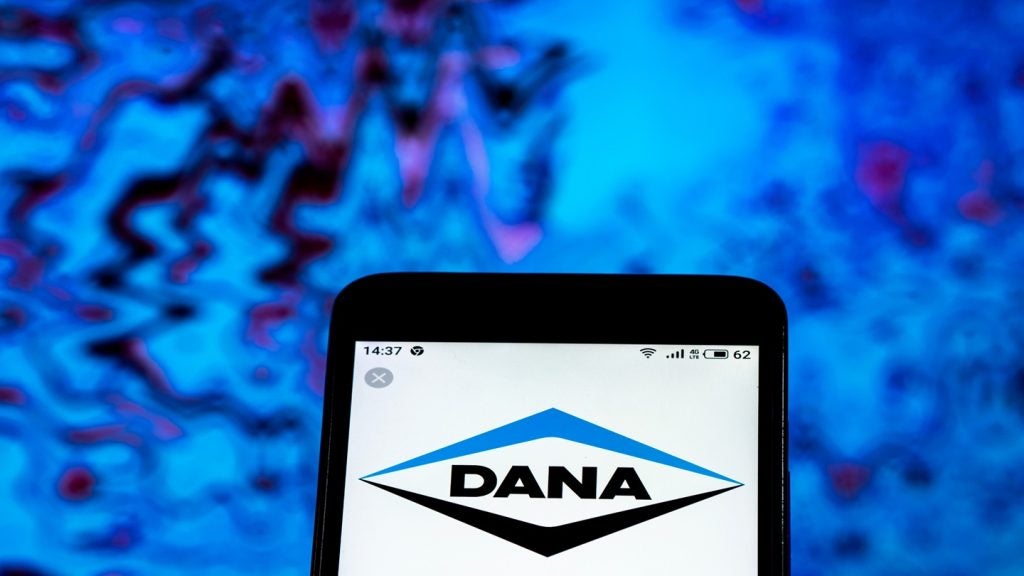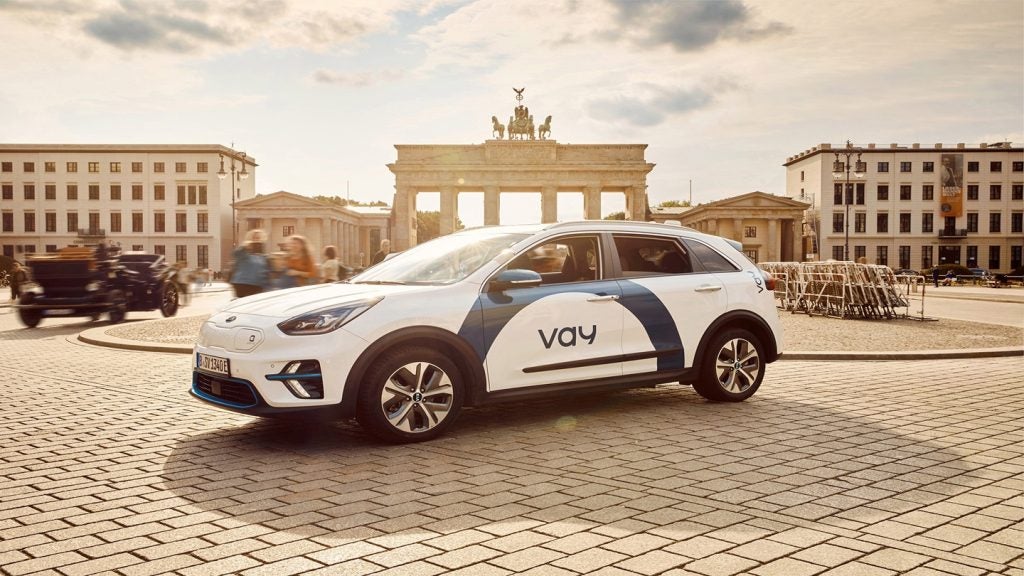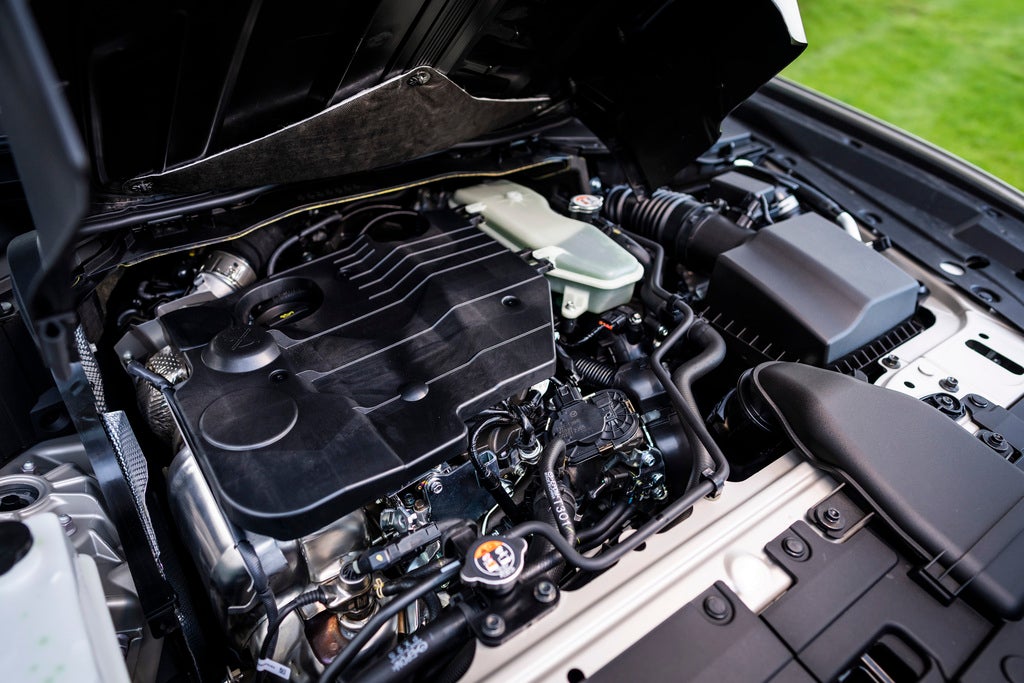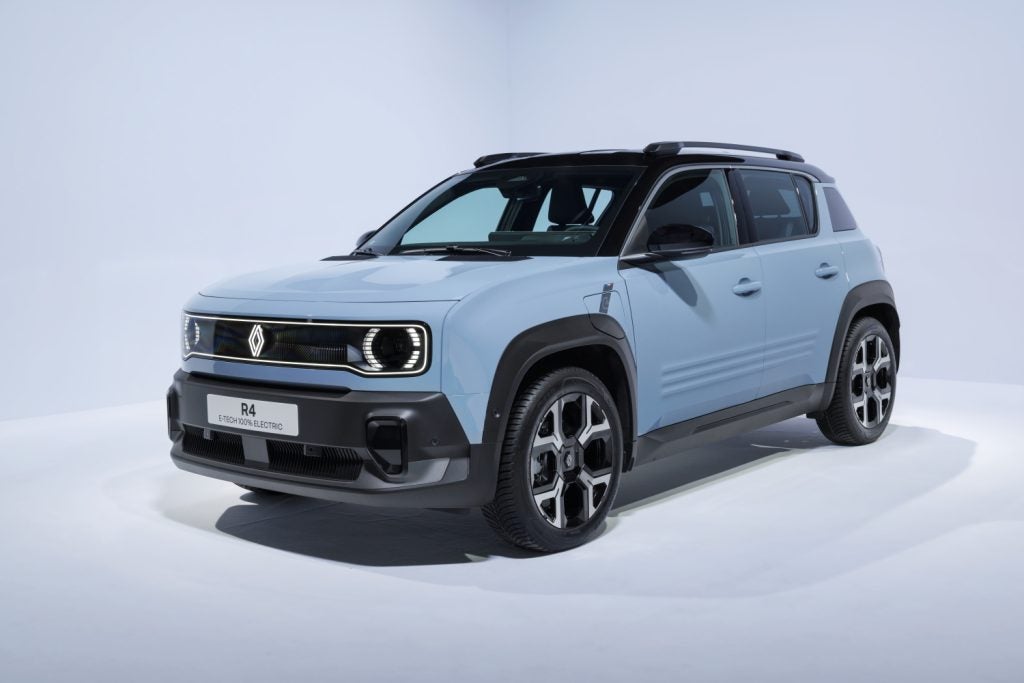 Jaguar will unveil its aluminium-bodied seventh-generation XJ range at this month’s Paris motor show.
Jaguar will unveil its aluminium-bodied seventh-generation XJ range at this month’s Paris motor show.
Manufactured almost entirely from aluminium, the new XJ body shell is about 40% lighter than that of the equivalent steel body and is 60% stiffer than its predecessor.
Featuring an industry-first use of rivet-bonded joining technology for the whole body structure, self-pierce rivets are used in combination with aerospace-sourced epoxy adhesive to join the aluminium pressings, casting and extrusions. This provides great strength, robustness and durability. The aluminium body is primarily a conventional monocoque construction, however structural castings and extrusions are used locally to enhance the body structure and reduce the overall panel count.
In addition to the aluminium used in the body structure for panels and castings, a magnesium cross-car beam – as strong as aluminium but 30% lighter again – supports the facia, instrument panel and is combined with aluminium to produce a lightweight steering column. Magnesium castings are also used in the seat frames.
More than 800,000 XJs have been sold since the first generation was introduced in 1968, more than half of all Jaguars ever made.
How well do you really know your competitors?
Access the most comprehensive Company Profiles on the market, powered by GlobalData. Save hours of research. Gain competitive edge.

Thank you!
Your download email will arrive shortly
Not ready to buy yet? Download a free sample
We are confident about the unique quality of our Company Profiles. However, we want you to make the most beneficial decision for your business, so we offer a free sample that you can download by submitting the below form
By GlobalDataThe latest XJ is longer, taller and wider than its predecessor with doors that are noticeably deeper in relation to the glass than is the case in the previous generation, and overall the new car has a slightly more ‘cab-forward’ approach, with the four wheels closer to the corners. The front overhang is much reduced and the windscreen rake is less steep but the resulting smaller bonnet retains the characteristic sculpted XJ shape.
Even before launch and release of full technical details, the new car has been criticised by industry rivals for looking too much like its predecessor and not being more daring in its styling.
The headlights are now oval in shape and arranged in classic quad design either side of a new grille of intersecting vertical and horizontal bars that takes its inspiration from the original 1968 XJ sedan. XJR models have a different mesh grille.
The 2004 XJ range will comprise XJ8 and XJR models but V6 versions – returning the famed XJ6 model name to the range – and diesels are reportedly on the way.
Inside, leather and acres of wood trim continue to create that special Jaguar feel though headroom, legroom and shoulder room are improved for all occupants front and rear. Access is said to be easier but the driving position still has a snug ‘cockpit’ feel to it, apparently.
The instrument and control layout is similar to that seen on the X-type and revised S-type and top range models have 16-way electrically-adjustable front seats with cushion-length adjustment and 4-way lumbar support. A powered rear bench with electrically adjustable lumbar support, backrest and head restraints is optional.
Adjustable pedals (courtesy of Jaguar owner Ford) now complement the electrically adjustable steering column.
The new XJ is available with voice-activated control of systems including audio, telephone, climate control and navigation and there is a new multi-media entertainment system that allows simultaneous enjoyment of up to three different audio, video or games systems. Screens mounted in the rear of the front seat head restraints display videos or games, with headphone capability to avoid disturbing other occupants.
A new four-zone climate control system is available which allows the separate adjustment of temperature settings by front and rear seat occupants, with dedicated face vents and foot outlet grilles for individual comfort.
A range of interior styles is offered, ranging from a traditional burr walnut finish on Classic models through to a warm charcoal facia and grey-stained birdseye maple veneer combination on sportier versions of the car. An entirely new option is Piano Black trim, a highly polished finish inspired by the deep, lustrous sheen of a concert grand piano. Piano Black features on the centre console and J-gate surround.
The new XJ will initially be available with a choice of two engines. A 4.2-litre supercharged V8 delivering 390bhp powers the XJR model while a naturally aspirated version developing 294bhp powers lesser models.
Both will come with the new ZF six-speed automatic transmission first introduced earlier this year in the revised S-type.
New suspension systems are based on a further development of the suspension used in the revised S-type though the XJ gets self-levelling air suspension as standard across the range, a first for Jaguar. The air suspension automatically lowers the ride height at speed to improve stability and increase aerodynamic efficiency.
The new XJ also benefits from an enhanced version of Jaguar’s Computer Active Technology Suspension, standard on all models. This optimises ride and handling under all conditions, electronically maximising dynamic performance and driver control.
An electronic park brake is fitted and the braking system incorporates Emergency Brake Assist. Traction control is complemented by Dynamic Stability Control that responds to both oversteer and understeer, a significant advance on previous generations. The traction control and DSC can be switched off if desired.
A new feature of the adaptive cruise control system is Forward Alert, which can be activated to provide an audible warning that driver intervention is required, even when the cruise control is not operating.
After its European debut in Paris this month and UK debut at Birmingham in October, the Jaguar XJ will go on sale in the US from the second quarter 2003 as a 2004 model.







